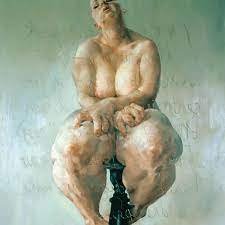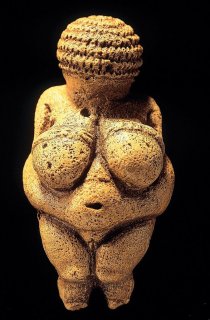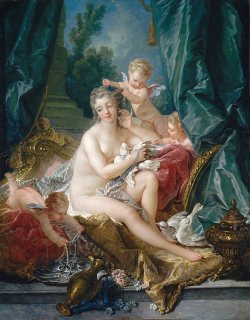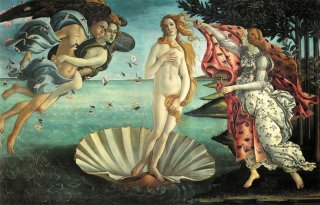
‘The Birth of Venus’ by Sandro Botticelli reflects the beauty standard in the Renaissance era. The subject matter of the artwork is Venus. Venus embodies the classical ideas of beauty with her pale skin, soft curves and facial features. Botticelli’s Venus is depicted nude to symbolise purity and beauty in its most natural form. This was commonly done in Renaissance art. However, despite the nude depiction, Venus uses her arms to cover her body to remain modest and innocent. This modest pose reinforced societal ideas of female virtue. Venus’s physique is balanced, proportional and harmonious reflecting the classical standards of beauty of ancient Greece and Rome. In Roman mythology Venus is the goddess of love, beauty, sex and fertility, this makes her the perfect embodiment of female beauty. Sandro Botticelli’s portrayal demonstrates beauty standards of the Renaissance period by emphasising purity, proportional physique and classical ideals of feminine beauty.




